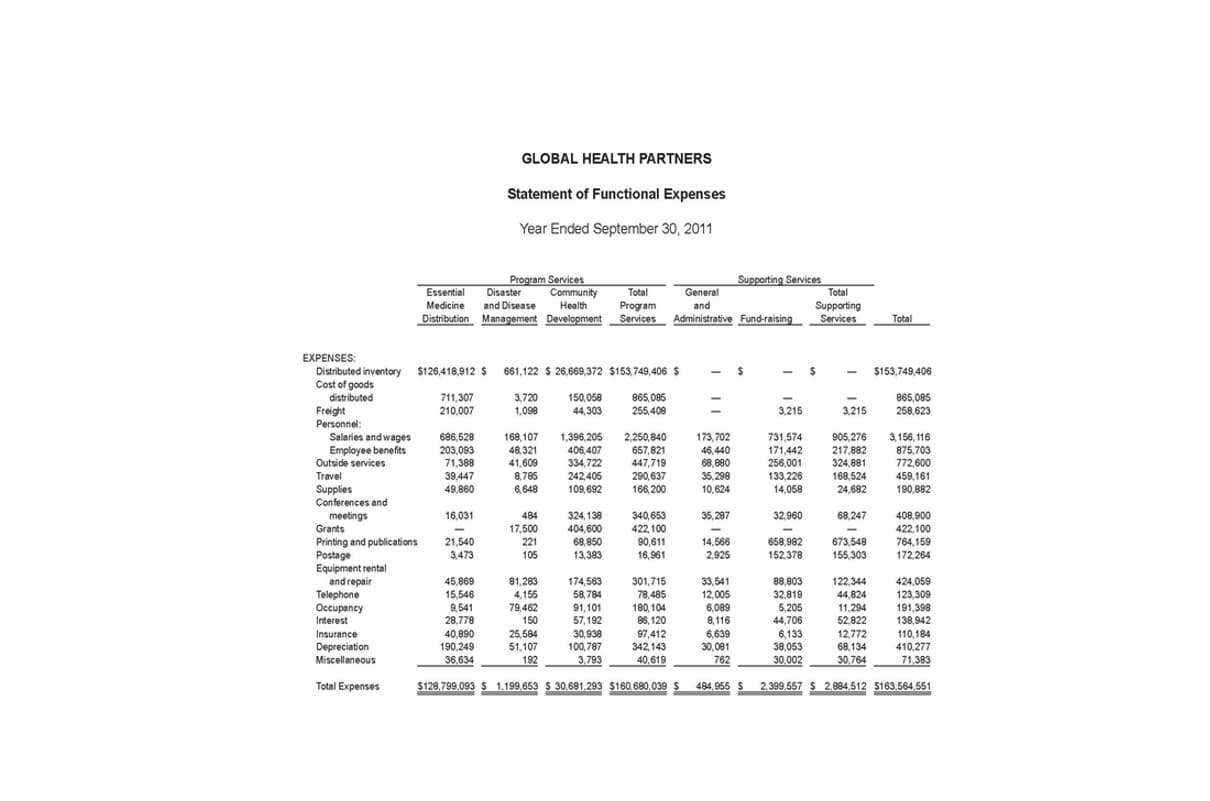
This detailed breakdown helps in understanding the financial performance of individual products or services. Contribution margin income statements can help business managers control costs, set prices, and make decisions about business contribution margin income statement segments, such as expanding profitable product lines or discontinuing less profitable ones. A contribution income statement is an income statement that separates the variable expenses and fixed costs of running a business.
Formula and Calculation of Contribution Margin
This \(\$5\) contribution margin is assumed to first cover fixed costs first and then realized as profit. It is primarily used for external financial reporting, providing a comprehensive overview of a company’s financial performance. It provides one way to show the profit potential of a particular product offered by a company and shows the portion of sales that helps to cover the company’s fixed costs.
Contribution Margin Ratio

Here, we are calculating the contribution margin on a per-unit basis, but the same values would be obtained if we had used the total figures instead. Next, the CM ratio can be calculated by dividing the amount from the prior step by the price per unit. The insights derived post-analysis can determine the optimal pricing per product based on the implied incremental impact that each potential adjustment could have on its growth profile and profitability. The companies that operate near peak operating efficiency are far more likely to obtain an economic moat, contributing toward the long-term generation of sustainable profits. The best contribution margin is 100%, so the closer the contribution margin is to 100%, the better.
What Is the Difference Between Contribution Margin and Profit Margin?
These two amounts are combined to calculate total variable costs of $374,520, as shown in panel B of Figure 5.7. The contribution margin income statement is a superior form of presentation, because the contribution margin clearly shows the amount available to cover fixed costs and generate a profit (or loss). It is useful to create an income statement in the contribution margin format when you want to determine that proportion of expenses that truly varies directly with revenues. In many businesses, the contribution margin will be substantially higher than the gross margin, because such a large proportion of its production costs are fixed, and few of its selling and administrative expenses are variable. To understand how profitable a business is, many leaders look at profit margin, which measures the total amount by which revenue from sales exceeds costs. To calculate this figure, you start by looking at a traditional income statement and recategorizing all costs as fixed or variable.

- Kristin is also the creator of Accounting In Focus, a website for students taking accounting courses.
- The companies that operate near peak operating efficiency are far more likely to obtain an economic moat, contributing toward the long-term generation of sustainable profits.
- A key characteristic of the contribution margin is that it remains fixed on a per unit basis irrespective of the number of units manufactured or sold.
- Because a large portion of a company’s production costs are fixed and few of its selling and administrative expenses are variable, the contribution margin will be significantly higher than the gross margin in many cases.
As shown in the formula above, the formula for EBIT involves taking company sales revenue, and expenses, without breaking this down into individual products or services. As a result, if a company wants to cut costs in order to increase profits, it will usually look into the variable costs that can be cut. If your product revenue is $500,000 and your total variable expenses are $250,000, your contribution margin is $250,000 $500,000, or 50%. In effect, the process can be more difficult in comparison to a quick calculation of gross profit and the gross margin using the income statement, yet is worthwhile in terms of deriving product-level insights.

- Patrons will shop, bag the purchased items, leave the store, and be billed based on what they put in their bags.
- Depending on the type of business, either EBIT or EBITDA can be a better measure of the company’s profitability.
- (This process is the same as the one we discussed earlier for production costs.) Susan then established the cost equations shown in Table 5.5.
- Retail companies like Lowe’s tend to have higher variable costs than manufacturing companies like General Motors and Boeing.
- Fixed costs are often considered sunk costs that once spent cannot be recovered.
Related AccountingTools Courses
- Let’s say that our beauty conglomerate sells 1,000 units of its bestselling skincare products for $50 each, totaling $50,000 in revenue.
- Variable costs are not typically reported on general purpose financial statements as a separate category.
- EBIT features in a company income statement as it gives the operating figures of a business more context.
- What’s left is the contribution margin, which gives a sense of how much is left over to cover fixed expenses and make a profit.
Understanding the Basics: Definitions and Formulas

